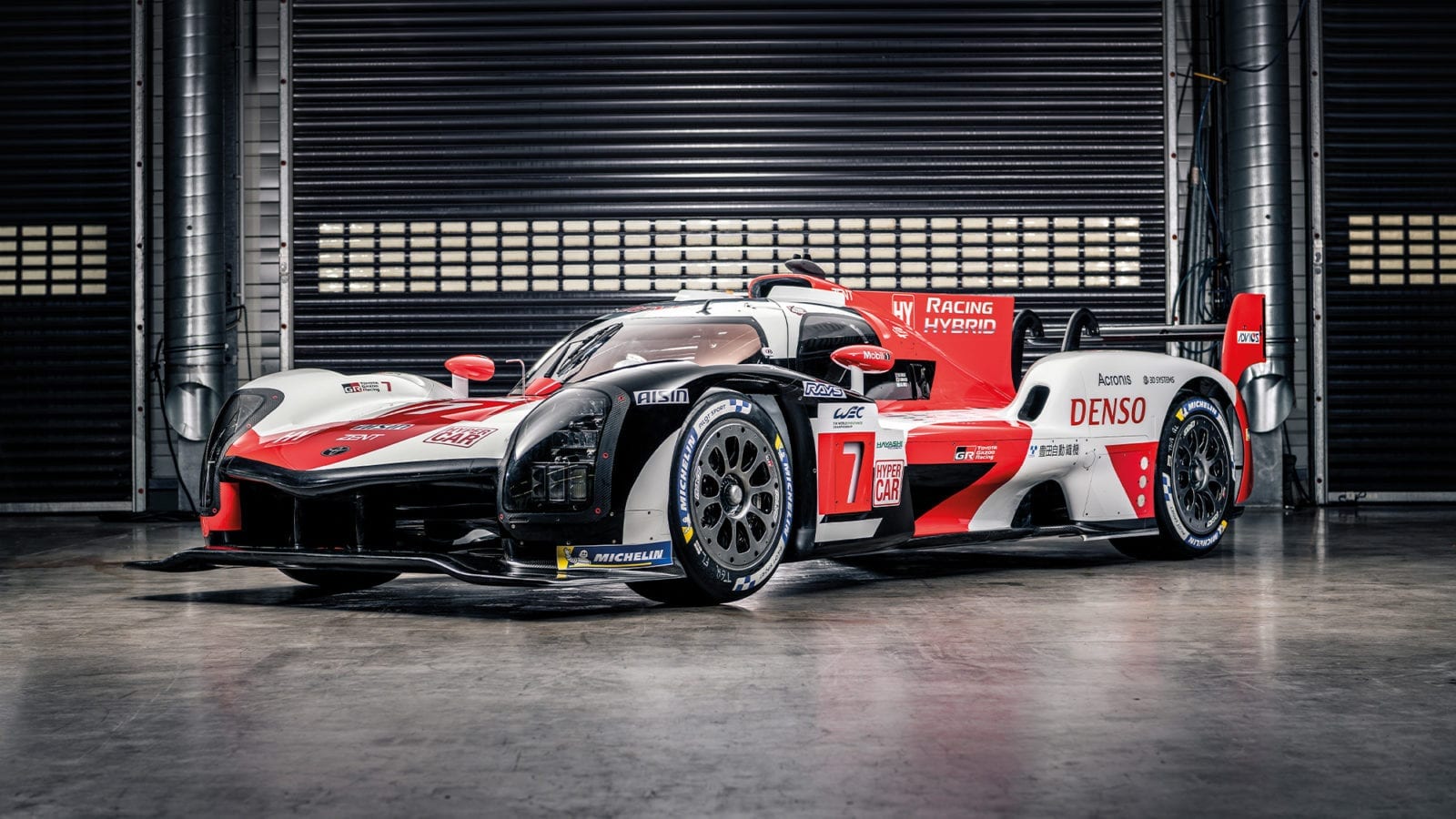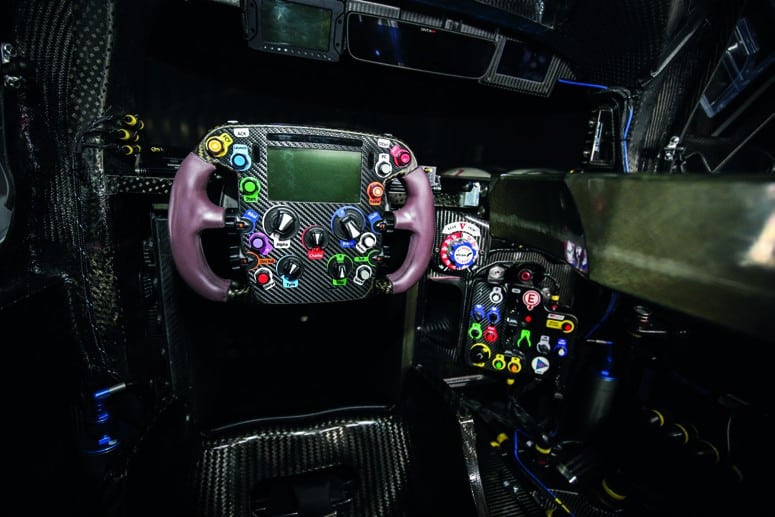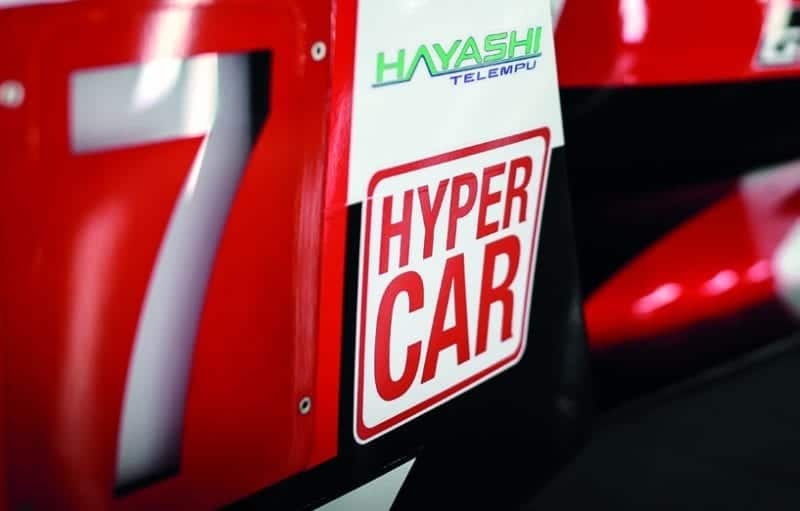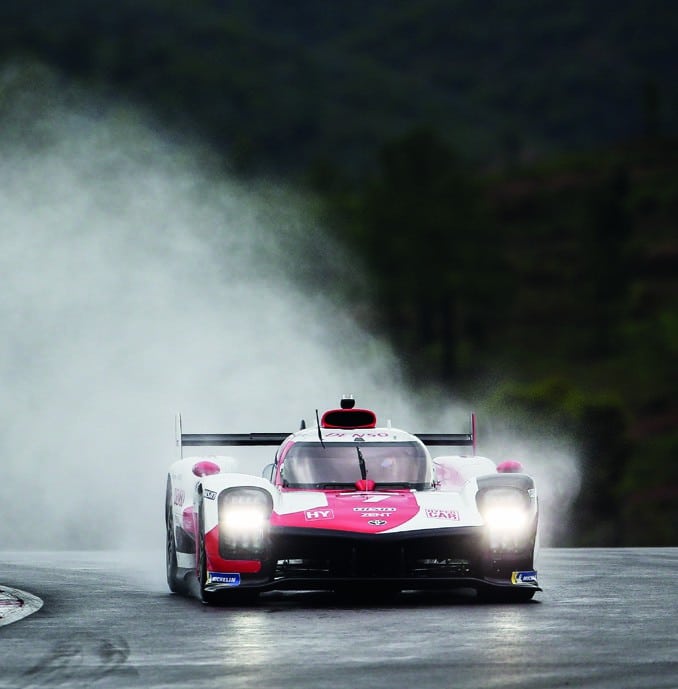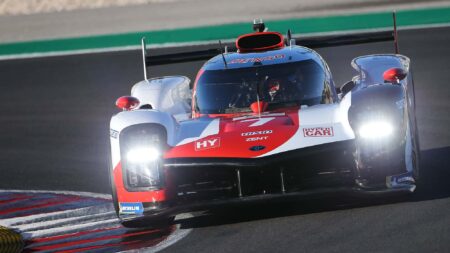Developed in conjunction with Toyota’s road-going GR Super Sport, the design similarity with the GR010 is partly down to a new aerodynamic philosophy introduced this year, which limits overall downforce.
Toyota drivers Sébastien Buemi and Brendon Hartley enthused about driving the GR010, which puts more emphasis on those behind the wheel.
“The fact that we don’t have to save fuel per lap like we used to with the TS050 is nice,” said Buemi. “You can stay flat until the end of the straight and brake as late as you want. That gives a feeling of pure racing.”
Hartley agreed: “The fuel-saving aspect is very different from what we had before, so we’re attacking the braking phases more. We’re now going to be diving in under the brakes. It’s going to come down to the driver and getting the race together.”
